Plant-Wide Approach

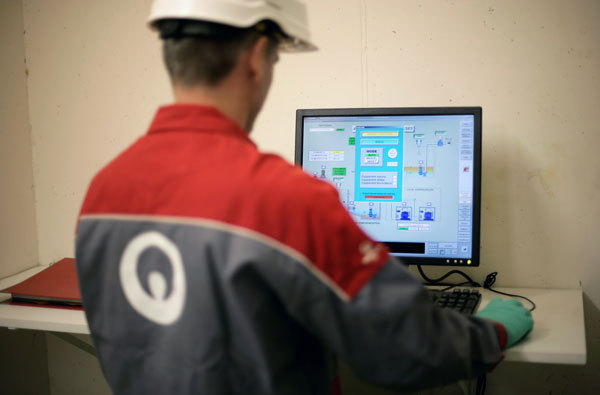
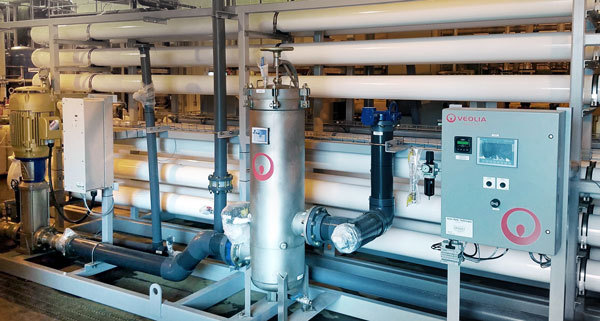
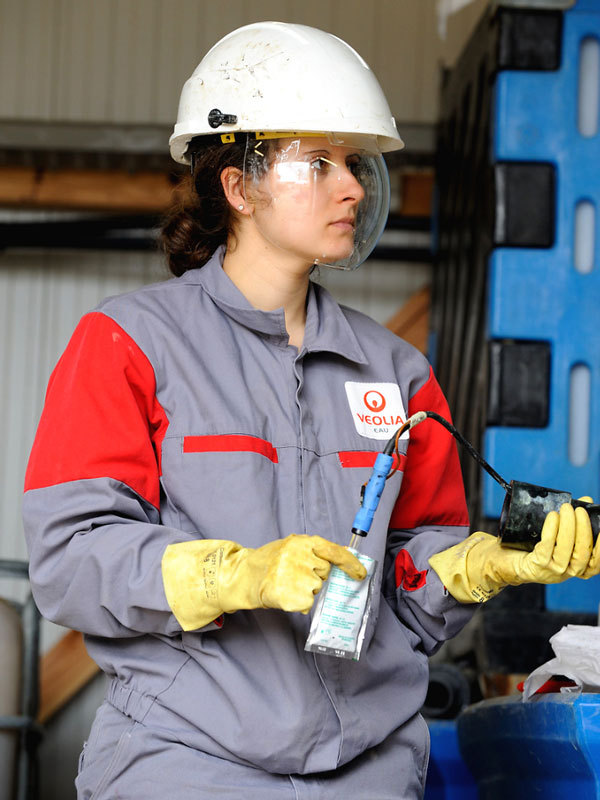
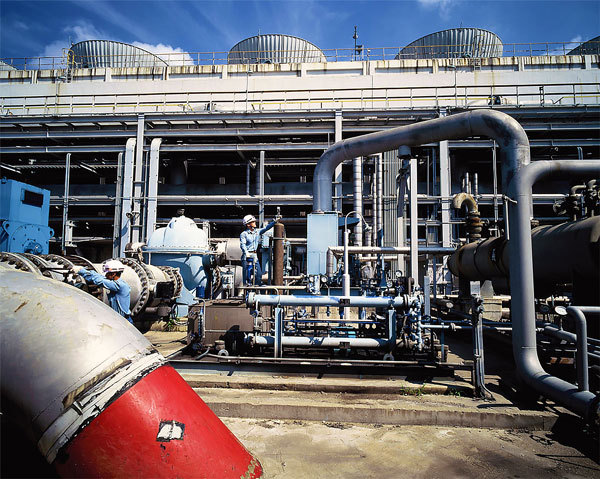
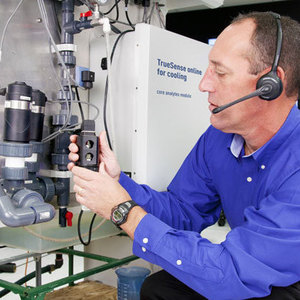
PHOTO: SUEZ WATER TECHNOLOGIES & SOLUTIONS
March 12, 2021
BY Lisa Gibson
Advertisement
Advertisement
Related Stories
Veolia’s novel corrosion inhibitor makes it easy on ethanol producers by ensuring simple and reliable testing, and performance that significantly cuts traditional dosage rates.
ICM discusses the importance of evaporators in plant efficiency and outlines strategies for success.
Alto Ingredients Inc. released first quarter financial results on May 7, reporting improved gross margin and adjusted EBITDA on increased operational uptime, optimization initiatives and increased sales of ISCC-certified fuels.
Green Plains Inc. on May 8 announced that its nine active ethanol plants operated at 100 capacity utilization during the first quarter, with OpEx falling by approximately 3 cents per gallon since late 2024.
Despite its geographical location and forward-thinking approach toward trying new tech, Aemetis Inc. believes its story can be central to the future of biofuels.



